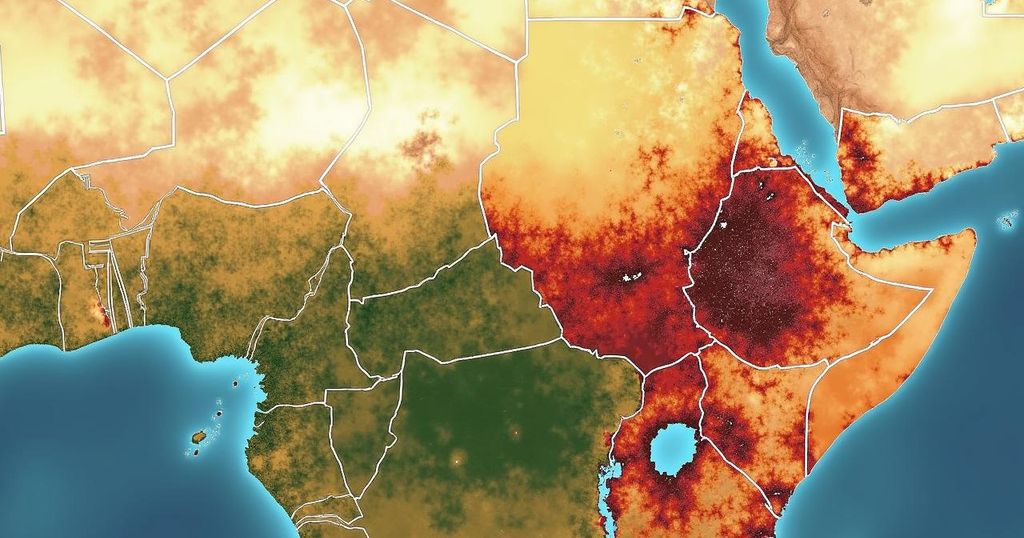Severe Drought in Southern Africa Endangers Millions

Southern Africa is experiencing its worst drought in a century, affecting over 27 million people, with 21 million children malnourished. The drought has prompted national disaster declarations in several countries including Lesotho, Malawi, Namibia, Zambia, and Zimbabwe, severely damaging crops and livestock. Predictions indicate worsening conditions until March or April, exacerbated by climate change and El Niño, resulting in electricity shortages and wildlife culls for food support.
A historic drought afflicting Southern Africa poses grave concerns, as it has adversely affected over 27 million individuals, including 21 million malnourished children, according to the World Food Programme (WFP). The drought has prompted the declaration of national disasters in multiple countries, including Lesotho, Malawi, Namibia, Zambia, and Zimbabwe, where agricultural output has drastically decreased due to the lack of rainfall. Angola and Mozambique are likewise experiencing severe hardships. The situation is projected to worsen until the anticipated harvests in March or April of the following year as the region has entered its lean season in October, a time when food scarcity becomes increasingly critical. WFP spokesperson Tomson Phiri emphasized the dire circumstances: “A historic drought – the worst food crisis yet – has devastated more than 27 million lives across the region. Some 21 million children are malnourished.” The impact of the drought has been exacerbated by the El Niño phenomenon and climate change-induced rising temperatures, which have significantly diminished rainfall levels throughout the area. Reports indicate that Zambia has lost approximately 70 percent of its harvest, while Zimbabwe has faced an 80 percent devastation to its agricultural yield. Additionally, the drought has severely impacted hydropower production, resulting in substantial electricity shortages across the region. Consequently, authorities in Namibia and Zimbabwe have resorted to culling wildlife, including elephants, to provide meat for the starving population, revealing the extent of the crisis. Experts contend that sub-Saharan Africa’s economic framework, heavily reliant on rain-fed agriculture, renders the region particularly susceptible to climate change ramifications. The urgent need for climate-resilience measures is increasingly apparent, yet many impoverished nations face challenges in financing such initiatives. The prolonged drought has detrimental effects on agricultural yield, including crop development quality and timelines.
The article outlines the catastrophic effects of an unprecedented drought currently impacting Southern Africa, with implications for food security, nutrition, and overall humanitarian conditions. Since the onset of the season, which marks the start of the lean months in Southern Africa, the region has faced alarming shortages in crops and livestock. Socioeconomic factors related to climate change, specifically the influence of El Niño and rising global temperatures, have heightened these conditions, leading to a potential humanitarian crisis. As these nations grapple with a reliance on rain-fed agriculture and inadequate resources to mitigate climate risks, the looming food insecurity raises critical concerns for the international community.
In summary, Southern Africa is enduring the most severe drought in a century, significantly jeopardizing the lives of millions and increasing the prevalence of malnutrition, particularly among children. With agricultural outputs decimated and the likelihood of worsening conditions before the next harvests, the situation calls for immediate international attention and support. The interconnected challenges of climate change and economic vulnerability critically underscore the need for enhanced resilience strategies in the region.
Original Source: www.aljazeera.com






